Utilizing only the cheap components required for regular sensor functionality, this ATtiny212-based design adds two-way wireless communication for tweaking and reporting of its own parameters. Here’s how it came to be.
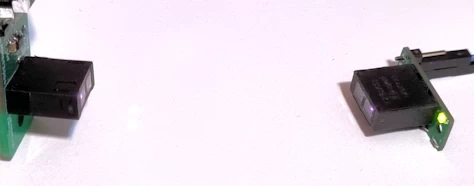
Utilizing only the cheap components required for regular sensor functionality, this ATtiny212-based design adds two-way wireless communication for tweaking and reporting of its own parameters. Here’s how it came to be.

The auto-off function of most powerbanks is a pain in the neck for makers, who want to use these devices as power sources for systems with low current demands. Here’s how I overcame the problem with one of my old powerbanks.
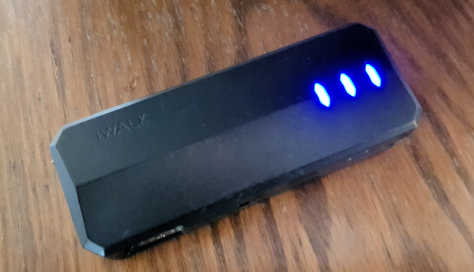
Many makers are fond of Nextion displays, because they simplify the process of creating graphical touch interfaces for embedded systems, and are less expensive than other HMI (Human-Machine Interface) screens. They were not designed for games, so I decided I had to write one as a challenge!
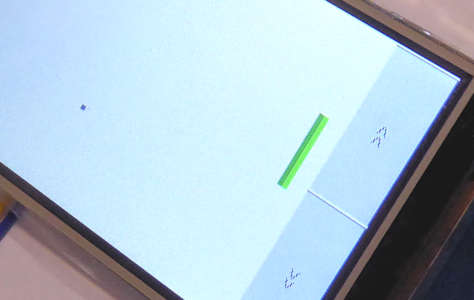
Continue reading Programming Pong on a Standalone Nextion Display
This Chinese “8-Channel USB Relay Board” requires a 12V power supply, and it’s also supposed to plug into the PC for convenient software control. But there was nothing convenient about the software, and I wanted it to work directly with Arduino and other MCUs anyway. Here’s how I replaced the USB interface with a basic UART.
Continue reading Adding a UART Interface to a USB Relay Board
Back in the early 80’s, children around the world spent endless hours solving multiple-choice quizzes on an electronic toy called “TOMY Teacher” (AKA “Sears Quiz-A-Tron”). In those days, bytes weren’t cheap; so how did this device remember all the solutions to all of its quizzes?
The story of a silly misunderstanding, by way of which I significantly improved the efficiency of the MagSpoof (Samy Kamkar‘s famous project).
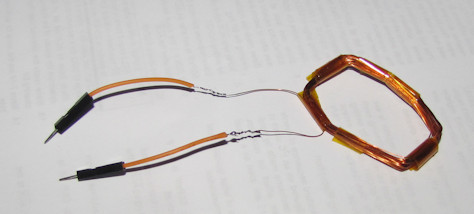
Continue reading How I Misunderstood and Improved the MagSpoof
Can the PC’s mouse input be used to send binary data from an embedded system to a desktop software? And, more importantly, can this be done without affecting the regular usage of the mouse? As it turns out, within a few limitations, the answer is yes. Here’s how.
When I found this ancient QuickShot Joystick which seemed to be still in working order, I just had to make it work again. Of course, no modern computer knows how to interface with such a dinosaur, so I build a “translator” system using and Arduino Leonardo. Here’s how.
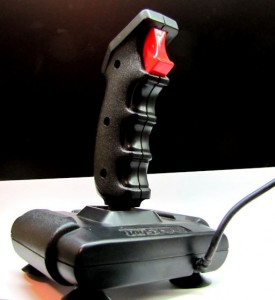
Continue reading Reviving an old joystick with an Arduino Leonardo
I made a short, preliminary video explaining how you can interface LEGO “Power Functions” motors (and other components) to an Arduino. Do it at your own risk, because this will totally void any warranty… enjoy!
I’m usually happy with my IKEA purchases, but this one particular LED bulb was a big disappointment. It was installed in a desk lamp (also from IKEA) that wasn’t used much; I seriously doubt it worked even 500 hours overall, when it started failing. I did not have the receipt to attempt exchange or refund, so the only thing left to do was crack it open and learn what’s inside.